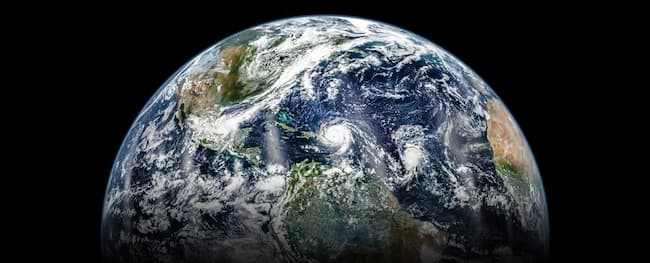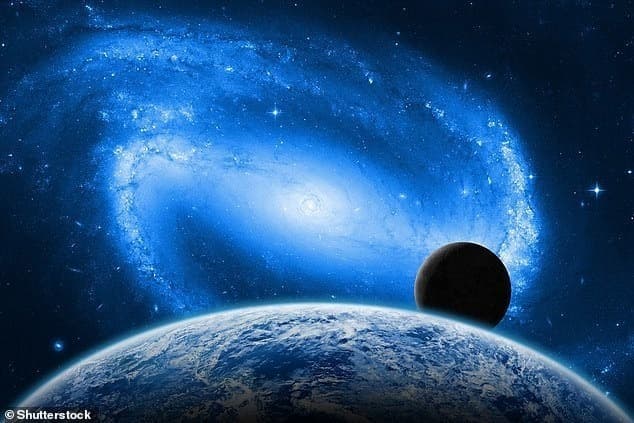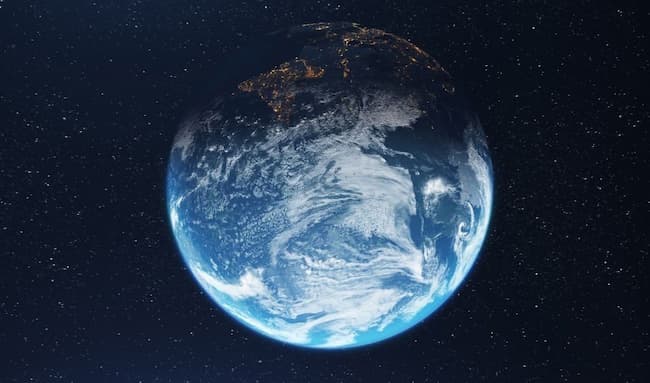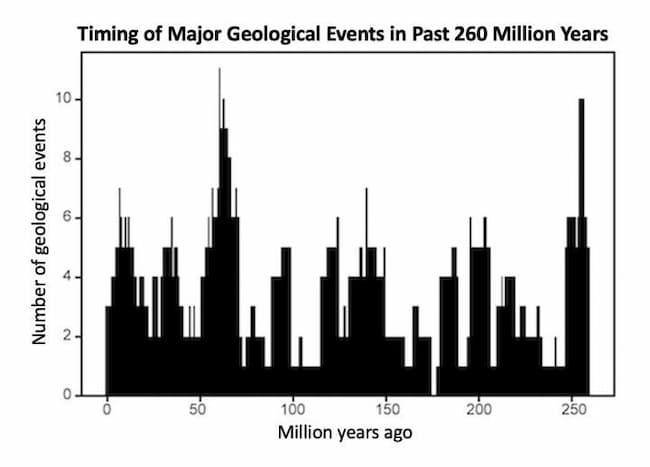In the grand tapestry of time, our planet, Earth, has silently borne witness to the epic narratives of existence. It has observed the reign of colossal dinosaurs, the drifting apart of continents, and the profound footprints of human activity. Amidst these monumental tales, there exists a subtle and intriguing subplot: the steady, rhythmic pulse of our planet’s geological clock. Recent scientific revelations have unveiled this mesmerizing “heartbeat” – a cyclic cadence of clustered events, transpiring like cosmic metronome ticks every 27 million years. This discovery serves as a portal to Earth’s ancient chronicles and a glimpse into its enigmatic future. Join us on an odyssey to unravel the secrets of this geological symphony.

Revealing the Geological Throb:
The notion of a cyclical pattern in geological events has been the subject of contemplation among geologists for decades. Its inception can be traced back to the 1920s and 30s, but it wasn’t until the 1980s and 90s that the idea gained substantial traction. It was during this period that researchers, armed with well-dated geological records, ventured into the labyrinth of time. They emerged with a spectrum of cycle lengths, ranging from 26.2 to 30.6 million years, teasing at the existence of a geological rhythm. Now, a recent scientific endeavor has laid the cornerstone of evidence for this rhythmic phenomenon, clocking it at approximately 27.5 million years.

Unveiling the Research’s Revelations:
The investigative team undertook a meticulous journey through Earth’s history, scrutinizing 89 pivotal geological events spanning a colossal 260 million years. What emerged from this exhaustive examination was nothing short of astonishing – a clustering of cataclysmic events, akin to heartbeats on a cosmic ECG, transpiring within relatively condensed timeframes. This geological drumroll encompassed a kaleidoscope of phenomena, ranging from mass extinctions to volcanic eruptions, plate reconfigurations, sea level oscillations, and beyond. These findings offer resounding evidence of a correlation between global geological happenings, echoing in unison with the enigmatic 27.5-million-year pulse.

Unraveling the Threads of Causation
Within the rich tapestry of these 89 events, some threads of causality are apparent, with one geological occurrence intricately weaving itself into another. A prime example lies in the chain reaction of anoxic events precipitating marine extinctions. However, the ultimate causal thread of this rhythmic masterpiece remains elusive, shrouded in the mist of scientific inquiry. Some speculate that extraterrestrial forces, such as comet strikes, might serve as the catalyst. Others delve into the intricate ballet of Earth’s movements within the Solar System and the Milky Way, or the geophysical choreography of plate tectonics and mantle plumes as potential choreographers.
Implications for Earth’s Overture:

The understanding of Earth’s geological rhythm possesses profound significance, casting light not only upon its ancient saga but also on the script of its future acts. The cyclical nature of geological events presents a predictive framework, offering scientists a compass to navigate the turbulent seas of the future. According to the study’s revelations, the next symphony of clustered events is not anticipated for another 20 million years, endowing us with a relatively stable interlude. Yet, this knowledge stands as a clarion call to maintain our vigilance, to continue studying the nuanced choreography of Earth’s dynamics, and to fortify our readiness to confront any overture that geological events may script in the chapters that lie ahead.

